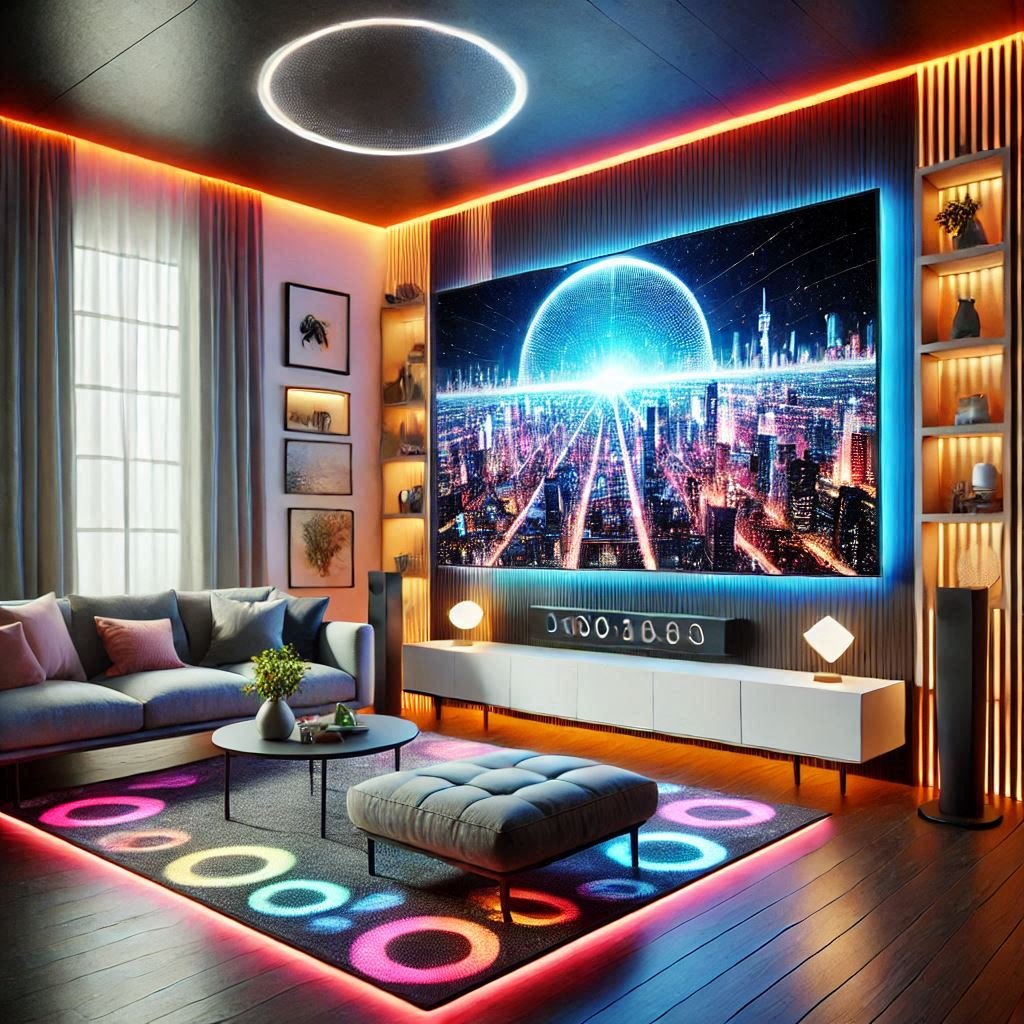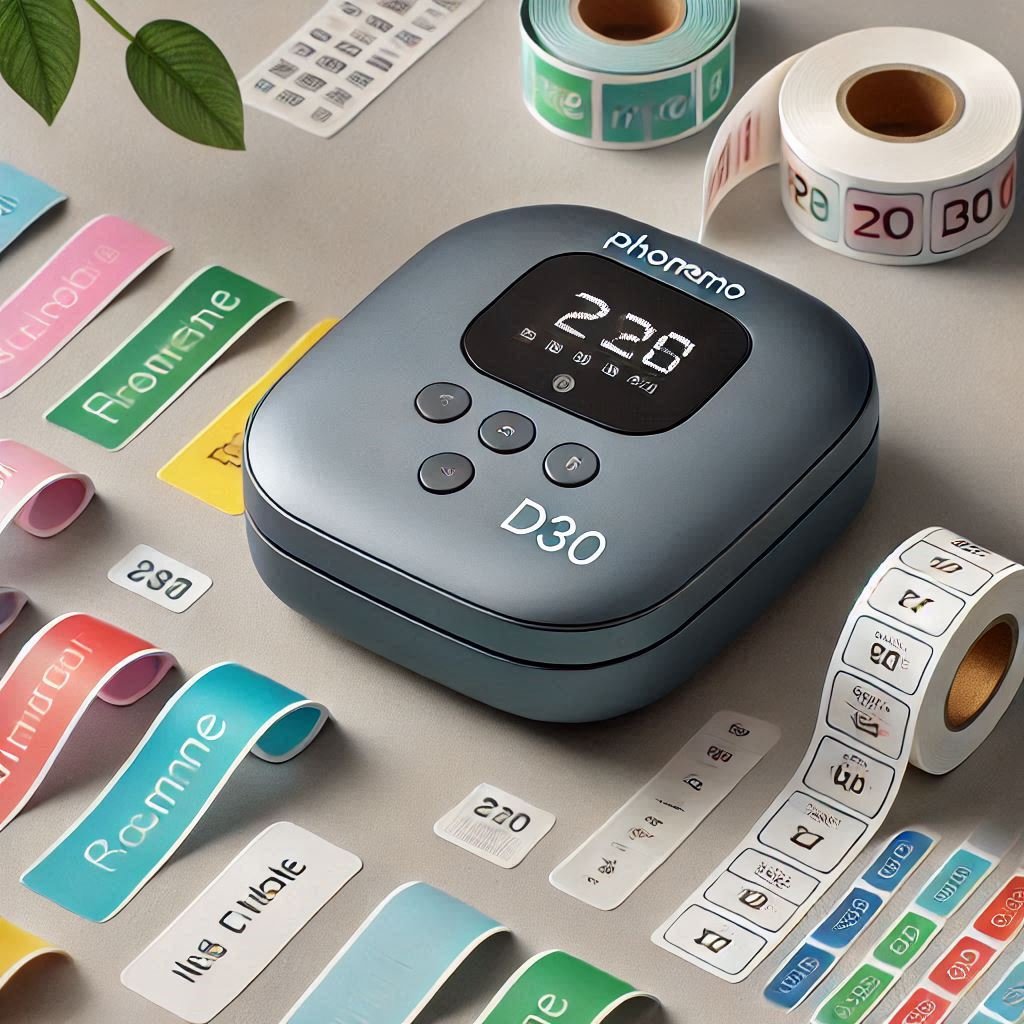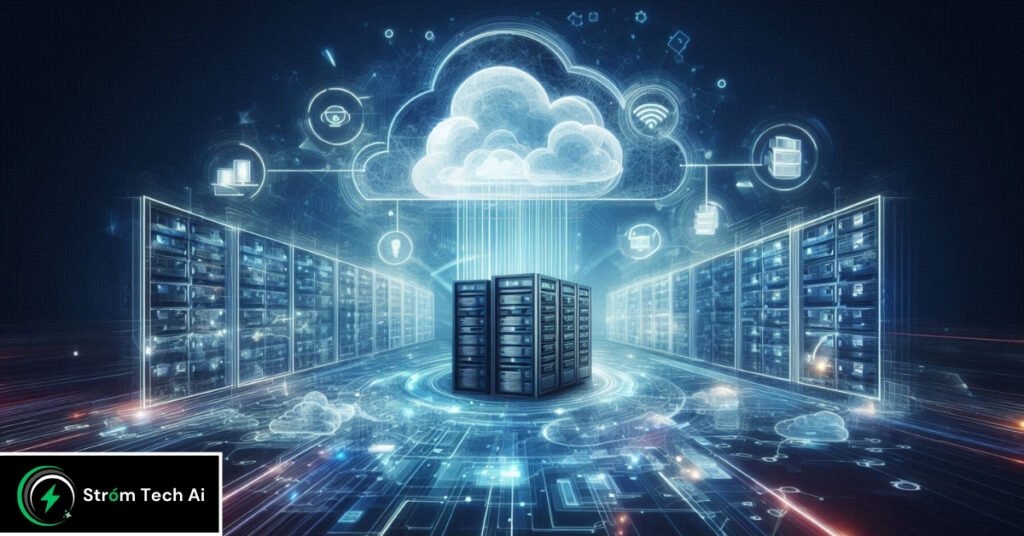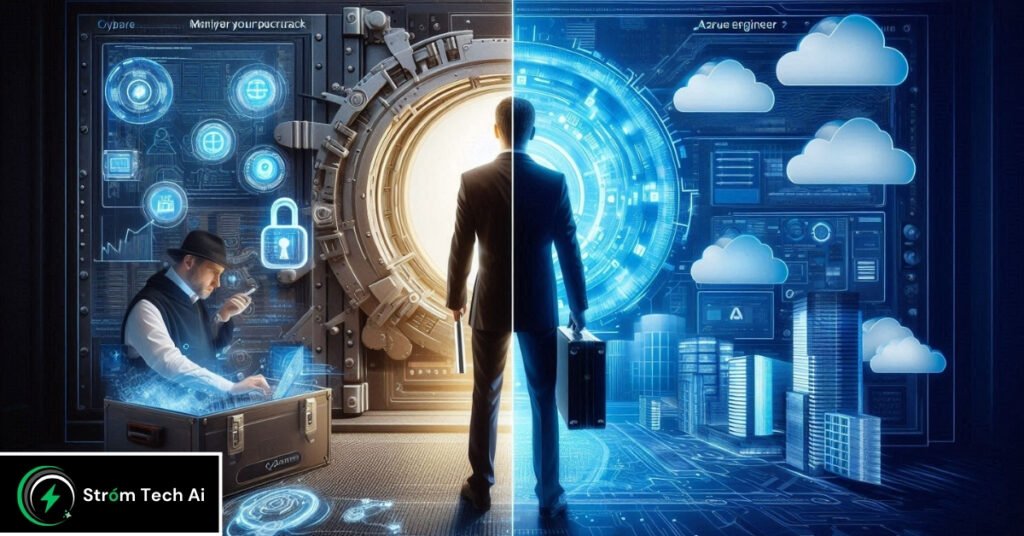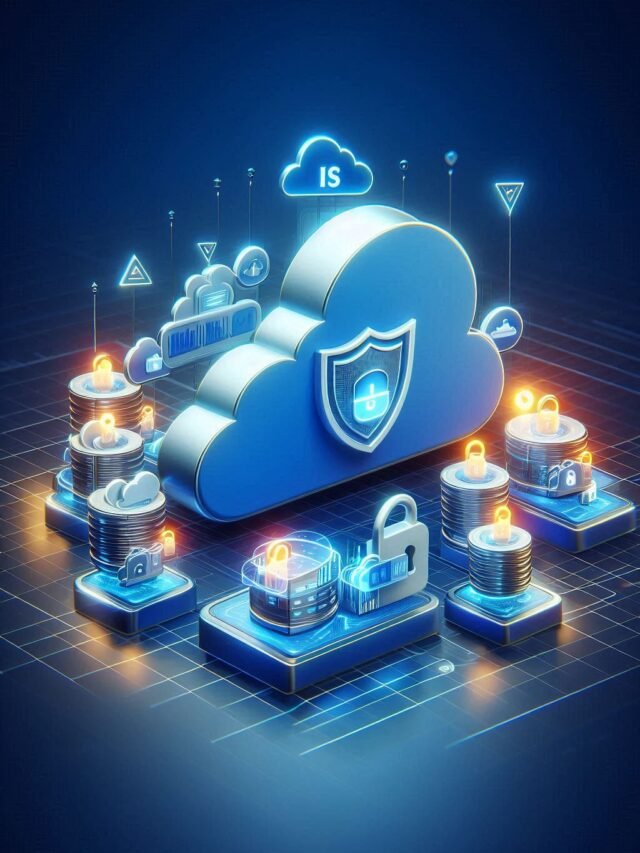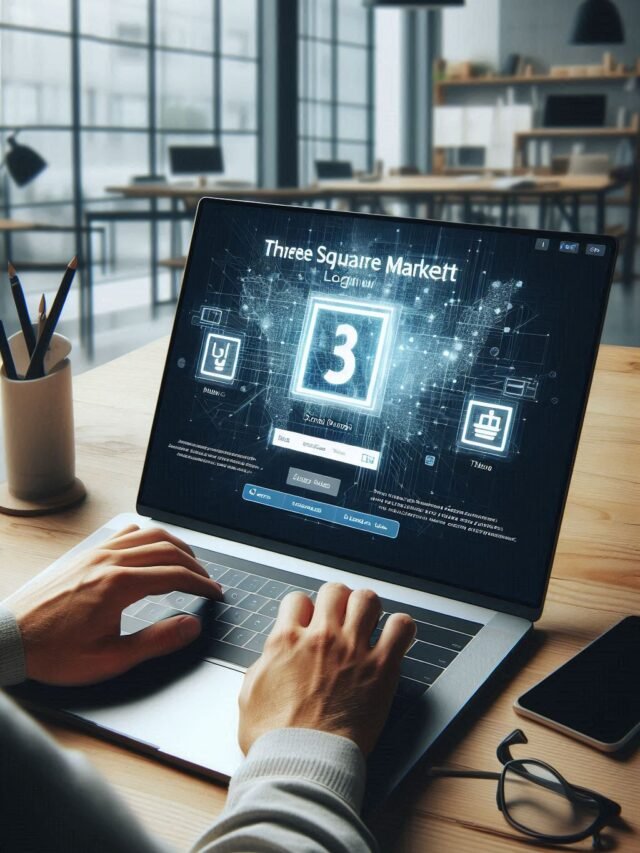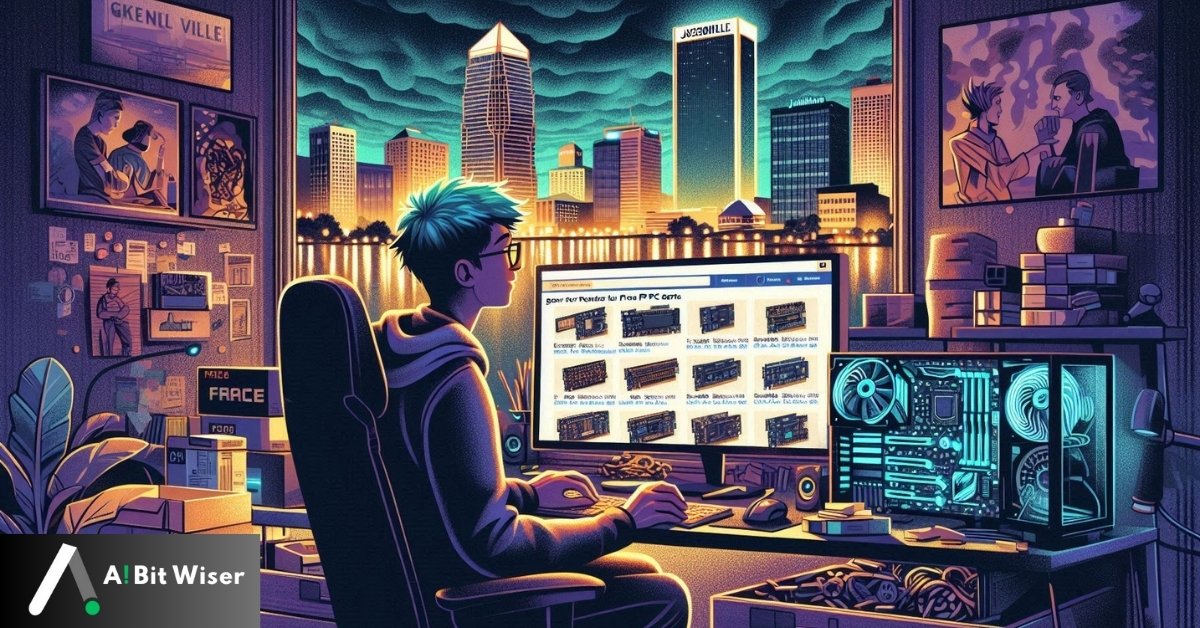Single Board Computer: A Comprehensive Guide
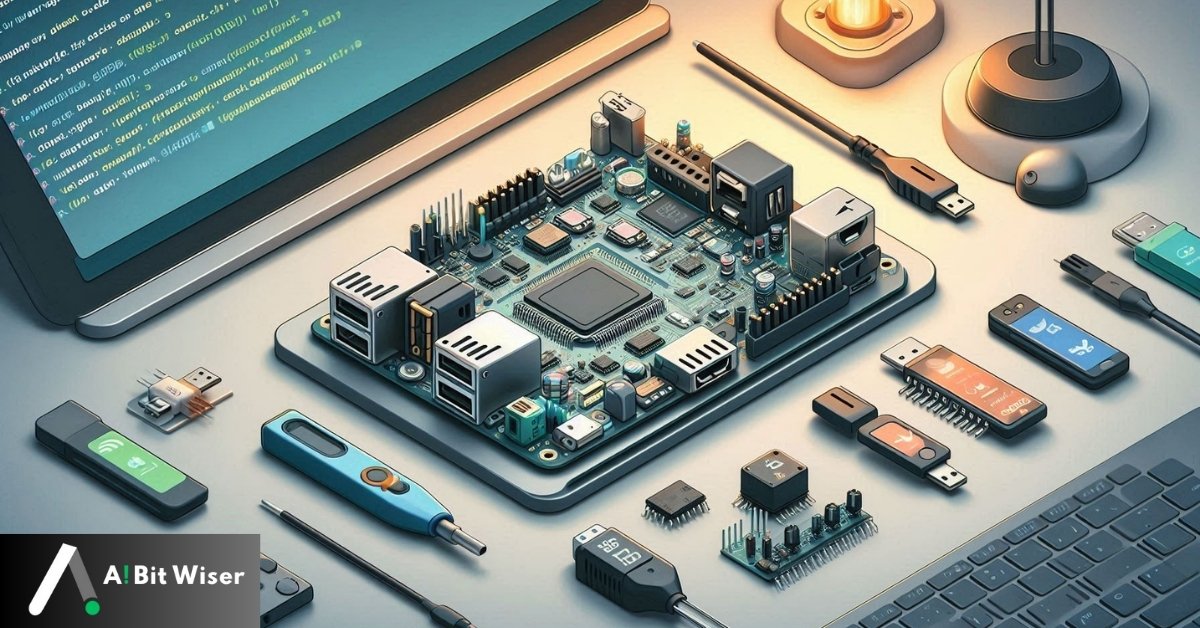
Table of Contents
Introduction
Single board computers, or SBCs, are growing extremely common between hobbyists, programmers, and technology fans in recent years. These small, adaptable devices have completely changed the computer landscape by opening up a wide range of programs, from sophisticated robotics and artificial intelligence (AI) research to elementary school projects. However, what is a single board computer precisely, and why have they become so popular in the IT industry? We’ll go over the specifics of SBCs, their background, well-liked models, uses, and things to think about when selecting one for your projects in this blog article.
What is a Single Board Computer?
The company’s full computers constructed on just one integrated circuit board are known as single board computers (SBC). It has an input/output (I/O) port, memory (RAM), a CPU, and other crucial parts that make computers work. SBCs are integrated into a single small board, in contrast to standard desktop computers, which include discrete parts such as a motherboard, CPU, and RAM modules. They are therefore perfect for applications where cost, power usage, and space are important considerations.
SBCs are different from microcontrollers in that they can run fully operating systems such as Windows, Linux, and Android and are more powerful. They can communicate alongside a variety of peripherals along with devices because of their wide range of connection choices, which include USB, HDMI, Ethernet, and GPIO (General Purpose Input/Output) pins.
History and Evolution of Single Board Computers
Single-board computers are not a novel idea; versions such as the Apple I and KIM-1 from the 1970s introduced the concept. Still, the availability of more powerful, small, and energy-efficient CPUs in the first decade of the century marked the beginning of the actual SBC technological boom. In SBC past times, the launch of the Raspberry Pi in 2012 was a major turning point. The device known as the Raspberry Pi was created to support computer science education, but because of its price and adaptability, it soon gained popularity among makers along experts alike.
Since then, a wide range of SBC models have hit the market, each serving a distinct function, ranging from fundamental instructional needs to complex computer activities like artificial intelligence and learning from machines. SBCs are now more capable, feature-rich, and affordable than ever, which makes them ideal for
Popular Single Board Computers in 2024
Some single board computers are very visible on the market because of their variety, performance, and popularity. Some of the most prominent SBCs in 2024 are listed below:
- Raspberry Pi (Various Models): Various With variants like the Raspberry Pi 4 and the recently released Raspberry Pi 5, which offer substantial processing power, RAM possibilities up to 8GB, and a variety of I/O connectors, the Raspberry Pi series continues to be the most popular SBC.
- Arduino (Various Models): Although they are essentially microcontrollers, some Arduino models—such as the Arduino Portenta—offer sufficient computing power and adaptability to be categorized as SBCs in specific circumstances. They are very well-liked for IoT and do-it-yourself electronics applications.
- BeagleBone (Black, AI, etc.): BeagleBone boards are widely used in commercial and industrial applications and are renowned for their strong I/O capabilities. Specifically, the BeagleBone AI model is intended for machine learning and artificial intelligence initiatives.
- Odroid: The Odroid series provides high-performance SBCs appropriate for media centers, gaming consoles, and even inexpensive server configurations. The Odroid N2+ and other similar models are well-liked due to their powerful processing and graphics capabilities.
- Jetson Nano: NVIDIA created the Jetson Nano, an SBC intended primarily for AI and machine learning applications. Because it has GPU acceleration, it’s perfect for computer vision, robotics, and edge AI projects.
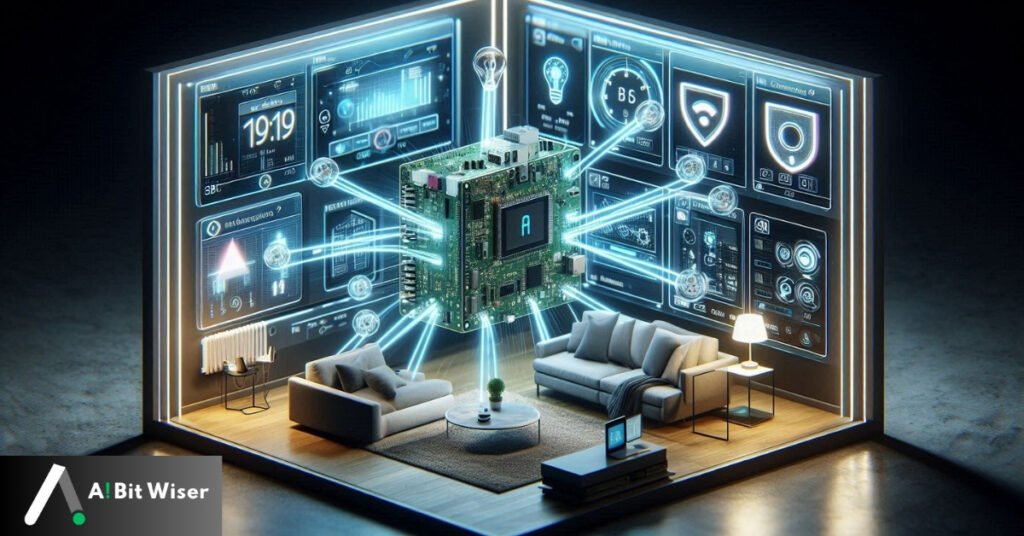
Common Uses and Applications of Single Board Computers
Single-board computers are utilized in many different applications and are quite adaptable. Following are a few of your most typical uses:
- Educational Purposes: To teach programming, computer technology, and electronics, SBCs like the Raspberry Pi are frequently utilized in classrooms. They are ideal for newcomers and institutions due to their inexpensive cost and simplicity of usage.
- DIY Projects: SBCs are used by makers and enthusiasts for a range of projects that they build themselves, including robots, media centers, home automation, and vintage gaming consoles.
- IoT Devices: Smart home systems as a whole are sensors that are automation solutions made possible by SBCs, which are frequently utilized as the brains behind IoT devices.
- Prototyping and Development: SBCs are used by designers and programmers to test and prototype new hardware as well as software. Their adaptability enables speedy iteration and testing.
- AI and Machine Learning: In the edge, where low latency and privacy are crucial, advanced SBCs like the Jetson Nano are employed for machine learning activities and the deployment of AI models.
How to Choose the Right Single Board Computer for Your Needs
Choosing the right SBC depends on several factors, including your specific needs, budget, and technical requirements. Here are some considerations to keep in mind:
- Purpose: Is the SBC being used for professional growth, a do-it-yourself project, or educational purposes? Various boards serve a variety of purposes.
- Performance Requirements: Think about the RAM, storage, and computing power. More potent SBCs with greater RAM and GPU capabilities will be needed for more taxing activities like AI and machine learning.
- Connectivity: Examine the accessible I/O ports (GPIO, USB, HDMI, and Ethernet) to make sure your accessories and peripherals work with them.
- Community and Support: Large, vibrant communities exist for boards like the Raspberry Pi and Arduino, which may be quite helpful for debugging and resource discovery.
- Budget: SBCs may be purchased for less than $10 for entry-level devices or more than $100 for more sophisticated boards. Make sure the board you select is within your means.
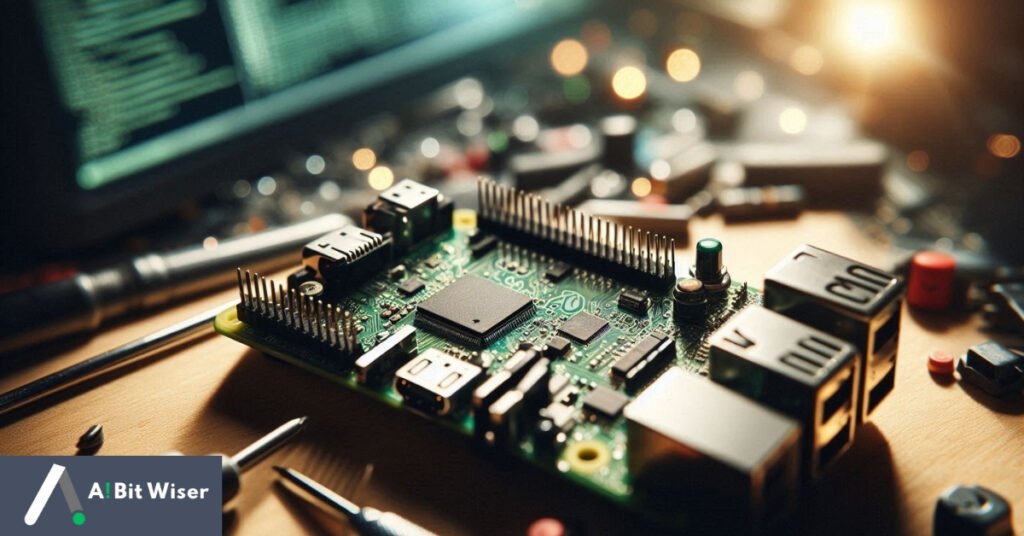
Setting Up and Getting Started with a Single Board Computer
Getting started with an SBC is relatively straightforward. Here’s a step-by-step guide:
- Choose Your SBC and Accessories: Choose your SBC model and assemble the required peripherals, such as a microSD card, power supply, keyboard, and mouse, as well as a display.
- Prepare the Operating System: Using a program like Balena Etcher, download the relevant operating system (such as Raspberry Pi OS for Raspberry Pi) and flash it onto the microSD card.
- Boot Up the SBC: After connecting the peripherals, insert the microSD card into the SBC and turn it on. After the SBC boots up, you may start the first configuration procedure.
- Install Software and Start Experimenting: After installing any necessary extra software or tools, begin experimenting with your ideas.
Advanced Projects and Customization with Single Board Computers
Once you’re comfortable with the basics, you can explore more advanced projects and customization options. Some examples include:
- Building a Home Automation System: Control automation routines, sensors, and smart home devices with your SBC.
- Creating a Retro Gaming Console: Emulators and old game ROMs may transform your SBC into a retro gaming system.
- Deploying AI Models: Deploy AI models for robotics, computer vision, and natural language processing using SBCs such as the Jetson Nano.
- Customizing the Operating System: Examine several SBC operating systems and modify them to better fit the requirements of your project.
Future Trends in Single Board Computers
The future of SBCs looks promising, with several exciting trends on the horizon:
- More Powerful Hardware: SBCs with even more potent CPUs, more RAM, and better GPUs for complex computational workloads should be expected.
- Enhanced Connectivity: More sophisticated networking choices, including 5G, Wi-Fi 6, and improved Bluetooth capabilities, are probably going to be included in SBCs.
- Integration with AI and Machine Learning: SBCs will have additional functionalities to facilitate machine learning and edge AI applications as AI becomes more commonplace.
- Focus on Sustainability and Low Power Consumption: To improve their suitability for IoT and distant applications, future SBCs are probably going to concentrate on lowering power consumption and increasing energy efficiency.
Conclusion
Because they provide a small, adaptable, and cost-effective solution for a variety of applications, single board computers have revolutionized the way we approach computing. There is an SBC out there for everyone, regardless of experience level—from novices eager to start coding to seasoned developers working on AI projects. We invite you to delve into the world of SBCs, try out various ideas, and follow your imagination to its limit.
FAQs about Single Board Computers
What is a single board computer?
A full computer constructed on a single circuit board is known as a single board computer (SBC). It has every essential part, such as memory, input/output (I/O) ports, a CPU, and occasionally even storage. In contrast to conventional PCs, which have discrete parts such as a motherboard, CPU, and RAM, these parts are combined onto a single small board. SBCs are adaptable and have a broad range of uses, including professional and industrial use, DIY projects, education, and more.
What is the difference between PLC and SBC?
Both Single Board Computers (SBCs) and Programmable Logic Controllers (PLCs) are utilized in control and automation systems, although they each have different functions and features. PLCs are industrial-grade computers made especially for automating tasks and managing machinery. These devices are ideal for discrete control and real-time processing applications, as well as being robust and incredibly dependable. However, SBCs are general-purpose computers that are less robust and less designed for the severe situations in which PLCs are usually used. Despite this, SBCs are flexible for a wide range of computing jobs, including automation. While PLCs often have their unique software environments, SBCs are more adaptable and can run entire operating systems like Linux or Windows.
Why is a single board computer important?
Because they offer a small, reasonably priced, and adaptable solution for a variety of computing demands, single board computers are significant. They are employed in DIY and maker projects to create unique hardware solutions, in educational settings to educate electronics and programming, and in professional settings to develop embedded systems, prototype, and create Internet of Things applications. SBCs are essential for innovation and for making computers more accessible to a wider audience. They enable enthusiasts and developers to construct projects that would otherwise need more sophisticated or expensive hardware configurations.
Is Arduino a single board computer?
It is not regarded as a single board computer (SBC) to use Arduino. Microcontrollers, which are more basic gadgets with preprogrammed inputs and outputs, are what Arduino boards are. They are made to carry out particular tasks by directly manipulating hardware. Microcontrollers such as Arduino are not intended to run full operating systems and lack the processing power of an SBC while being used in comparable do-it-yourself and educational environments. SBCs are not the same as microcontrollers, while some sophisticated Arduino boards—like the Arduino Portenta—offer greater processing capacity and adaptability.
What is a single computer called?
In the context of computing devices, any single computer—desktop, laptop, single board computer (SBC), or even smartphone—can be referred to as a single computer. On the other hand, a “single board computer” is a full computer constructed on a single circuit board. When used alone, the word “single computer” can designate a standalone computing equipment, highlighting the fact that it is an independent entity as opposed to a component of a network or computer cluster.
Resources and Further Reading
- Official Raspberry Pi Documentation
- Arduino Project Hub
- BeagleBone Community
- NVIDIA Jetson Developer Forum

